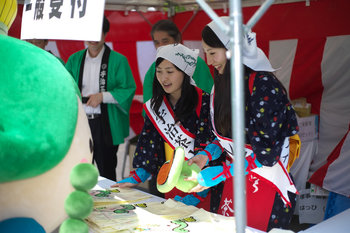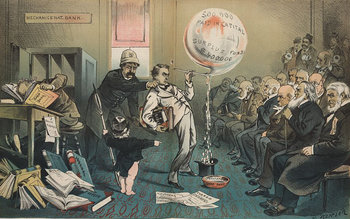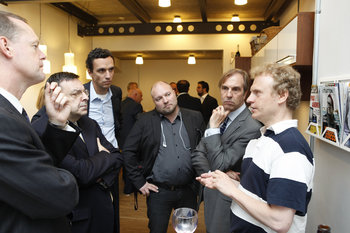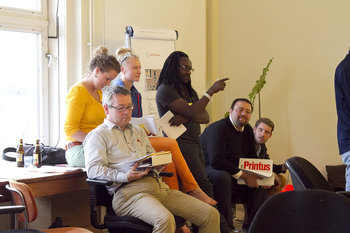
Propaganda
Messages and visualizations that depict a political system, party or policy in an extremely positive light without attacking the opposition. For example, a political party that gives glowing examples of the jobs it has created and how this has changed people's lives.Public Relations
A firm that develops a poor reputation amongst stakeholders such as investors, government regulators and customers develops advertising that simply portrays the firm in a positive light. For example, messages that vaguely suggest the firm is doing good things for the environment.Employee Relations
A firm experiences declining reviews as an employer and a poor image amongst job candidates. To correct this, human resources launches a charm offensive to improve employee satisfaction based around a series of offsite events that give all employees a chance to pitch ideas for improvement to senior management. Such events offer fine food, entertainment, facilities and free time that produce an enjoyable day for all. The firm follows up with improvements to working conditions fueled by employee suggestions.Customer Relationships
An automaker identifies a serious defect in a model of its vehicles. They release the news to the press and immediately begin a charm offensive to impacted customers that includes a personal call from a local representative of the firm. Representatives are trained to apologize and diligently respond to customer questions and concerns. The firm schedules appointments to fix the problems and offers customers a token amount of financial compensation. This is all designed to retain loyal customers and preserve the image of the brand.Community Relations
A city passes a new bylaw that requires bicyclists to have a working headlight and taillight after dusk. The city police are instructed to stop violators in a friendly manner and give them a free light as opposed to a ticket. This approach is designed to engage the bicycling community who are quite active politically in the area.Partnerships
A cloud platform seeks to build more support and interest amongst software developers. They regularly identify industry influencers in the space and offer them free all expense paid trips to attend events related to the platform.Office Politics
The chief operating officer (COO) at a firm has suggested to the CEO that the IT department should fall under the operations team. In order to facilitate this strategy, the COO begins to meet with the directors and managers in IT that report to the CIO. The COO listens to each individual, praises them and suggests they might play a greater role in the organization in future. This is intended to reduce resistance to the change if it is accepted by the CEO.Investor Relations
An individual who is planning to launch a small business is unusually nice to friends, family members and business associates in the months leading up to a pitch to ask them to participate or fund the business.Origin of the Term
The term charm offensive was coined by Supreme Allied Commander in Europe Alfred Gruenther in an October 1956 interview with the Fresno Bee Republican quoted as "launching of the Russian charm offensive."| Overview: Charm Offensive | ||
Type | ||
Definition | A campaign of influence, relationship building or propaganda that takes a positive, subtle and friendly approach. | |
Related Concepts | ||






























